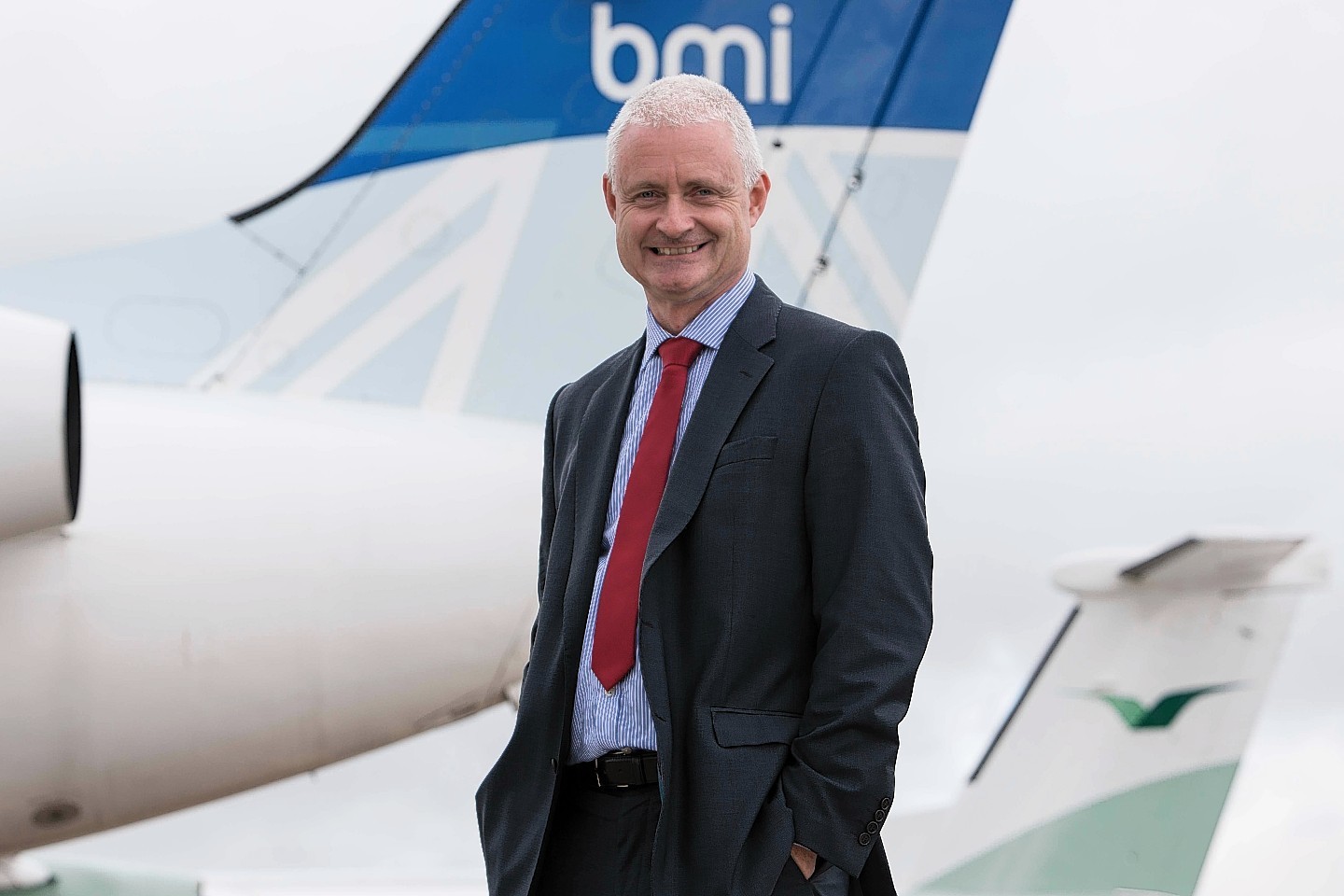The company behind bmi regional has reported annual losses of more than £16million.
But Sector Aviation Holdings (SAH), which is owned by aviation entrepreneurs Peter and Stephen Bond, said it was on course for a “significantly improved” financial performance in 2014/15.
Pre-tax losses of £16.22million for the year to March 31, 2014, compared with profits of £13,39million in the previous 12 months, coincided with a spell of considerable upheaval for the Aberdeen and East Midlands-based airline.
It was the first full year of independent operation following SAH’s takeover of the business in 2012.
Chief executive Cathal O’Connell said: “The group was required to rebuild a fully independent…network that can become self-sustaining and the foundation for a profitable operation.
“The year 2013/14 saw the restructuring of the scheduled service network undertaken, with teh closure of crew bases at Glasgow, Edinburgh, Leeds Bradford, Manchester and Birmingham, and resultant relocation of aircraft and crews to other operations.
“Inherited routes which had been dependent on traffic sourced through now terminated relationships with other airlines were ended and replaced by new routes established after consultation with key business and community interests.
“A total of 15 new routes were established during the period April 2013 to March 2014, with 13 routes terminated.”
Mr O’Connell said the scale and cost of the restructuring, which also saw Bristol Airport become bmi’s “most significant” operating base, and investment by the carrier in its charter flight business, was clear.
Her added: “At year-end, the airline had three aircraft occupied on corporate shuttle contracts for major aerospace companies and two on long-term, wet lease contracts, and has become the primary provider of ad-hoc charter capacity in the UK market and increasingly in Europe, operating charters on behalf of sport organisations, the entertainment industry and other users.
“Following the year-end, the group has continued to develop its route network and ensure its fleet is allocate din the most profitable operations.
“Links with former partners have been restored, in particular with Lufthansa and Brussels Airlines, with positive impacts on a number of routes.
“Having exited loss-making domestic Norwegian services in May 2014, the airline is now focused on strengthening its network.
“As a result of these changes, the group returned its first profit in June 2014 and is on course for a significantly improved financial performance during the 2014/15 financial year.”
The 2013/14 accounts – just released by Companies House – also show revenue of £66.9million, compared with £55.2million the year before.
Bmi, which employs more than 400 people, had faced an uncertain future until businessmen Ian Woodley, Graeme Ross and Robert Sturman – backed by the Bond brothers – acquired it from British Airways’ parent International Airlines Group (IAG) in a deal worth £8million.
